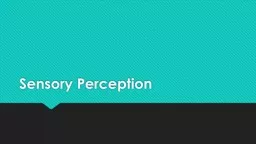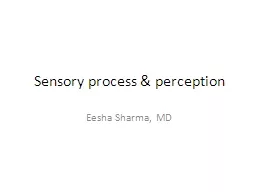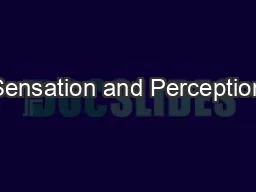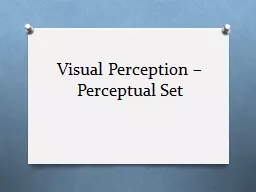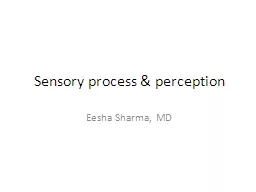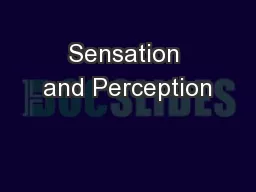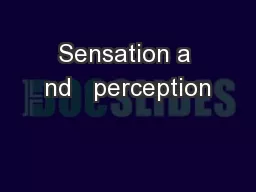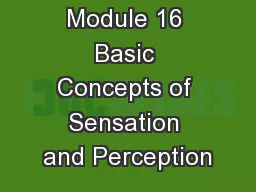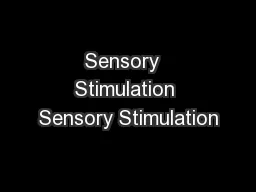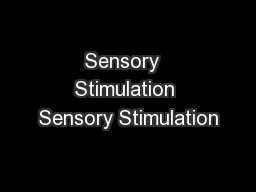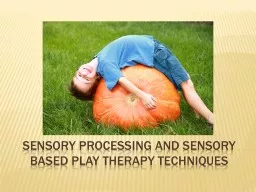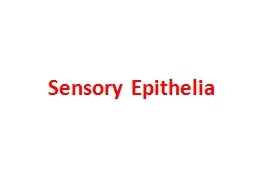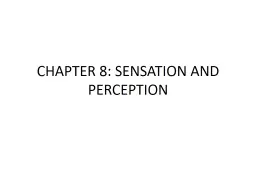PPT-Sensory Perception Overview of the next few weeks
Author : narrativers | Published Date : 2020-06-16
How the brain amp body communicate Week 2 Sensory Perception Week 3 Information Processing Week 4 Cognition amp Motor Action Week 5 Review and Exam 1 Ascending
Presentation Embed Code
Download Presentation
Download Presentation The PPT/PDF document "Sensory Perception Overview of the next ..." is the property of its rightful owner. Permission is granted to download and print the materials on this website for personal, non-commercial use only, and to display it on your personal computer provided you do not modify the materials and that you retain all copyright notices contained in the materials. By downloading content from our website, you accept the terms of this agreement.
Sensory Perception Overview of the next few weeks: Transcript
Download Rules Of Document
"Sensory Perception Overview of the next few weeks"The content belongs to its owner. You may download and print it for personal use, without modification, and keep all copyright notices. By downloading, you agree to these terms.
Related Documents

